Did you know that Investment Firms, Banks, and Funds must report collateral received from clients including retail clients, or posted to other counterparties?
Under EMIR’s risk mitigation techniques, Counterparties that do not clear their derivatives trades with a Clearing House, are required to exchange collateral to manage default/counterparty risk. This exchange of collateral must be reflected in the EMIR reporting that Counterparties submit to the TRs. Collateral is split under EMIR in three broad categories:
- Initial margin (received from clients/other counterparties or posted to other counterparties)
- Variation margin (received from clients/other counterparties or posted to other counterparties)
- Excess collateral
Whereby
- Initial margin is the collateral collected to cover current and potential future exposure in the interval between the last collection of margin and the liquidation of positions or hedging of market risk following a default of the other counterparty
- Variation margin is the collateral collected to reflect the results of the daily valuations of outstanding contracts (either marked to market or marked to model)
- Excess collateral is additional collateral posted or received separately and independently from initial and variation margins
At MAP FinΤech we can help create and submit on-time accurate collateral reports reflecting your trading data, with our dedicated support and compliance teams we can help counterparties navigate successfully and with ease the requirements under EMIR.
Say goodbye to the hassle and hello to peace of mind with MAP FinTech. Contact us today to learn more!
